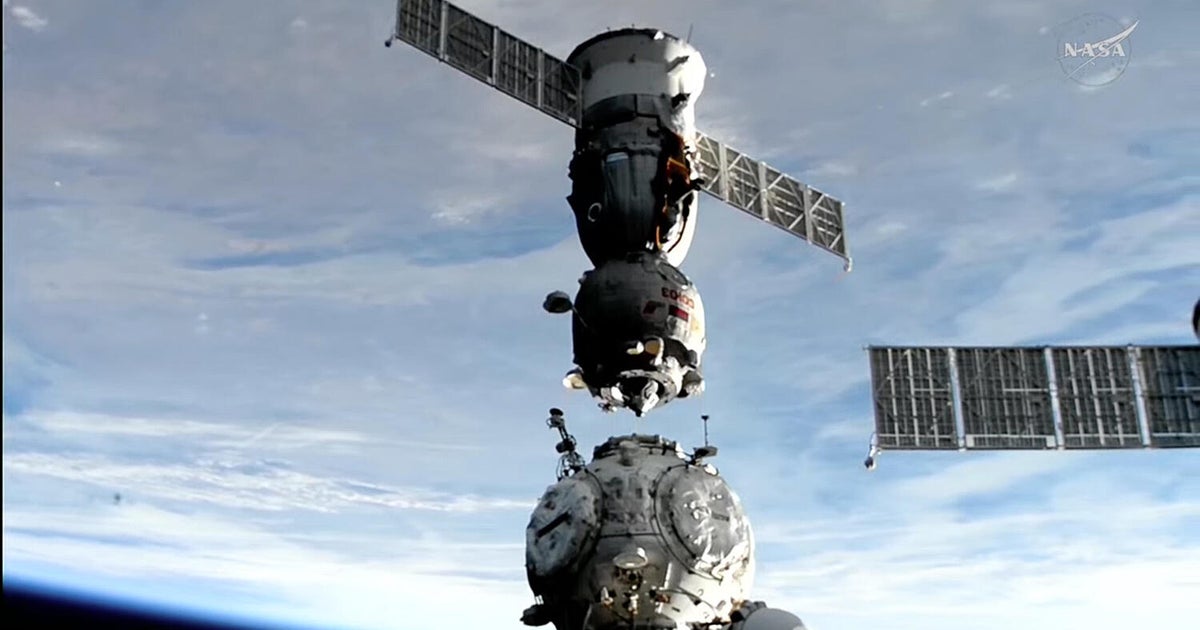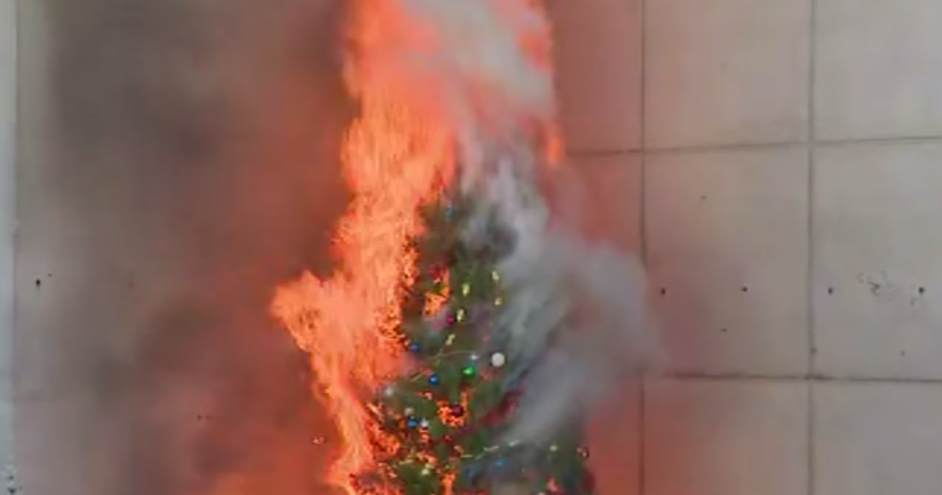How to watch this weekend's rare solstice "ring of fire" solar eclipse
The summer solstice is nearly here, and with it comes a rare celestial phenomenon. The first solar eclipse of the decade promises to create a rare "ring of fire" — just in time to kick off the start of a new season.
On June 20-21, people in certain parts of the Eastern Hemisphere will be able to view the eclipse. People in other parts of the world — or anyone who cannot go outside because of the pandemic — can view the entire spectacle online.
What is an annular solar eclipse?
A total solar eclipse occurs when the moon passes directly between the Earth and the sun, completely blocking the sun's light. During an annular solar eclipse, the moon does not completely cover the sun as it passes, leaving a glowing ring of sunlight visible.
An annular eclipse can only occur under specific conditions, according to NASA. The moon must be in its first lunar phase, and it must also be further away from Earth on its elliptical orbit, appearing smaller in the sky than it usually would.
Because the moon appears smaller under these circumstances, it cannot fully block out the sun, forming what's called a "ring of fire" or "ring of light."
How to watch the annular solar eclipse
The path of the solar eclipse is long but extremely narrow.
According to NASA, the bright spectacle will be visible, weather permitting, across a path that starts at sunrise in Africa and runs through parts of Asia before ending at sunset over the Pacific Ocean. During this time, the moon will be blocking 99.4% of the sun to show off a stunning orange ring.
A partial eclipse will also be visible over much of Africa, Europe and Asia. A full list of cities and timing of the eclipse can be found at timeanddate.com. A NASA interactive map also lets users track the path to see if it will pass through their region.
Looking at the sun is dangerous and can damage your eyes. If you are observing the eclipse in person, it's important to wear proper eye protection, such as solar eclipse glasses.
But don't worry if you aren't in the perfect location to see the event. Starting at 5:30 UTC, you can watch the eclipse live through the Virtual Telescope Project, a set of remotely controlled robotic telescopes that will be documenting it from start to finish. You can also watch it live on YouTube.
The next solar eclipse of 2020 won't occur until December 14, when skywatchers in parts of Africa and South America will get their turn to witness the celestial event.








